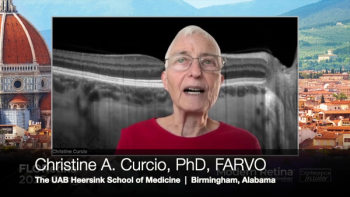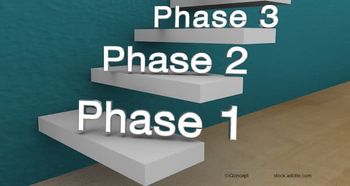
Predicting diabetic retinopathy progression
A diabetic retinopathy (DR) progression biomarker software has been developed with the research institute AIBILI (Association for Biomedical Research and Innovation in Light and Image) and Critical Health.
A diabetic retinopathy (DR) progression biomarker software has been developed with the research institute AIBILI (Association for Biomedical Research and Innovation in Light and Image) and Critical Health. It will be officially launched at this week's Euretina congress in Nice.
The RetmarkerDR is able to calculate and provide important ratios regarding Microaneurysm Turnover (formation and disappearance rates) which are key indicators of progression of retinal diseases like Diabetic Retinopathy. The solution uses an advanced proprietary co-registration algorithm which allows practioners to correctly overlap the retinographies (colour fundus photographs) and complements it with a state-of-the-art Microaneurysm (MA) detector to calculate the referred ratios.
The software identifies each microaneurysm as a single entity in a specific location, with identifiable coordinates, allowing for access to valuable information, such as:
Number of microaneurysms at each visit;
Number of new microaneurysms since last visit;
Number of micronaneurysms that suffered oclusion;
Cumulative number of microaneurysms;
Microaneurysm formation rate;
Microaneurysm disappearance rate.
Professor Conceiçäo Lobo, a leading ophthalmologist and researcher from the University Hospital of Coimbra, in Portugal, says: "According to our research, where we analysed different type 2 diabetic patients with nonproliferative retinopathy, Microaneurysm Turnover was a key factor for the classification in different phenotypes and appears to be a good predictor of progression to Clinically Significant Macular Edema (CSME)."
Newsletter
Get the essential updates shaping the future of pharma manufacturing and compliance—subscribe today to Pharmaceutical Technology and never miss a breakthrough.









































